NUR 2356 Data Collection Questions Part 1 & part 2 latest update 2020
Document Content and Description Below
Data Collection Questions Part 1 & part 2 Data Collection Part 1 1. Respiration is controlled by the: a. Hypothalamus. b. Pons and medulla. c. Rise in metabolism. d. Stress on the body. 2. The ... patient who has a fever should be protected from chills because: a. Chills may cause the patient to be very cold. b. Muscle action of shivering raises heat production. c. Diaphoresis helps reduce the temperature. d. Chills lower the temperature too quickly. 3. Diastolic blood pressure is the pressure: a. Exerted on the arteries when the heart is at rest. b. Equal to that in the arteries at any given time. c. In the arteries when intrathoracic pressure is greatest. d. Exerted on the arteries during left ventricular contraction. 4. If dehydration occurs, the blood pressure will: a. Increase. b. Decrease. c. Remain the same. d. Become muffled. 5. Which statements are true regarding vital sign changes that occur with aging? (Select all that apply) a. Normal temperature is higher than that of the average adult. b. Heart rate remains normal, but rhythm may become slightly irregular. c. Vital capacity increases as subcutaneous fat is lost. d. Respiratory rate may rise as a decrease in vital capacity occurs. e. Systolic blood pressure rises slightly, and diastolic may rise slightly as well. 6. When measuring a patient’s blood pressure at the clinic: a. The arm should have elbow bent while resting on a hard surface. b. The arm should be straight with the wrist resting on the knee. c. The patient should be seated on the exam table with the legs dangling. d. The feet should be supported by a firm surface. 7. An apical-radial pulse is taken to determine if there is: a. An arrhythmia. b. Skipped heartbeats. c. An abnormal heart sound. d. A pulse deficit. 8. When checking pedal pulses, if in doubt about whether the pulse is present, the nurse should: a. Use a Doppler stethoscope or device. b. Ask another nurse to check it. c. Verify in the medical record if it was previously present. d. Use the bell of the stethoscope to locate it. 9. A type of Korotkoff sound that indicates the diastolic pressure in children and in some adults is: a. Tapping. b. Knocking. c. Muffling. d. Silence. 10. When measuring blood pressure with an aneroid manometer, it is important to: a. Deflate the cuff slowly while observing the dial. b. Support the arm below the level of the heart. c. Take a reading from both arms each time. d. Retake the pressure to verify the reading. 11. Biotrespirations occur in patients with increase intracranial pressure and are characterized by: a. Increasing rapidity of breathing followed by slowing of the rate. b. Excessively slow, deep respirations followed by a period of apnea. c. Increase-decrease of rate and depth of respiration. d. Two or three shallow breaths followed by a period of apnea. 12. As an infant grows, the heart rate slows. A heart rate within normal limits for a 6-month-old infant is120-160 bpm. (Fill in the blank.) 13. The respiratory rate varies from infancy to adulthood. A normal respiratory rate in the 10-year-old child will be Higherthan an adult’s (Fill in the blank.) 14. If a patient’s blood pressure measures 146/92 on the left arm and 138/84 on the right arm, what would you do? a. Retake the pressure on both arms. b. Retake the pressure on the left arm. c. Record both pressures in the medical record. d. Wait 30 minutes and take the pressures again. 15. When performing an assessment on a 1-year-old patient, you should: a. Use the radial artery for the pulse measurement. b. Use the stethoscope to count the apical pulse. c. Check peripheral pulses on the dominant side of the body. d. Only check the radial and dorsalis pedis pulses. 16. Your patient’s blood pressure measures 15 points higher than on her last visit. She has no history of hypertension. Which actions would be appropriate? (Select all that apply) a. Wait 15 minutes and take the pressure again. b. Tell her to return for a recheck in one week. c. Ask if something upsetting has happened. d. Inquire when the last meal was eaten. e. Lower the arm below the right atrium and recheck blood pressure. 17. Interference with accurate measurement of body temperature occurs if the patient: a. Has been chewing gum. b. Just came in from the cold. c. Rushed getting to the office. d. Has been speaking before the temperature is measured. Data Collection Part 2 1. A 52-year-old male presents with malaise, fatigue, chest congestion, and a chronic cough. While collecting assessment data, an important question to ask him is: a. “What is you occupation?” b. “Do you have any abdominal pain?” c. “When did these symptoms start?” d. “Do you have a headache?” 2. When assessing a patient’s pulses, for the extremities the nurse should Check and comparethem bilaterally (Fill in the blank.) 3. While exploring the symptoms of diarrhea, a question to ask first is: a. “What did you eat prior to the onset of diarrhea?” b. “How many hours are you sleeping each night?” c. “How many bowel movements have you had today?” d. “Do you vomit easily?” 4. A very pertinent part of the physical examination on a patient with back pain is: a. Inspection of the extremities. b. Auscultation of bowel sounds. c. Auscultation of the lungs. d. Percussion of the flank areas of the back. 5. A 46-year-old female presents with menstrual difficulties, fatigue, and mood swings. A pelvic examination is ordered. The nurse would place the patient in the lithotomy position with her feet in the stirrups and ask her to (Select all that apply.) a. Move her buttocks to the edge of the table. b. Hold her breath during the exam. c. Let her knees fall apart. d. Tense her abdominal muscles. e. Squeeze her buttocks together. 6. When gathering a history from a patient with menstrual difficulties, the nurse would ask (Select all that apply.) a. “When was the first day of your last menstrual period?” b. “How much water are you drinking daily?” c. “When was your last bowel movement?” d. “Is it possible you are pregnant?” 7. A 16-year-old male sustained a head injury while playing soccer. When performing a neurologic check on him, the nurse looks at each pupil to determine: a. If the shape is regular. b. If they have become smaller. c. The state of consciousness. d. Whether one pupil is larger than the other. 8. When checking extraocular movements, the nurse asks the patient to follow an object as it is moved into different positions and watch to see if: a. The pupils constrict when focusing on the object. b. The pupils dilate when focusing on the object. c. The eyes move in a normal coordinated manner. d. There is blinking while trying to focus on the object. 9. To check extremity strength, the nurse asks the patient to: a. Push the soles of the feet against the nurse’s hands. b. Raise the left leg. c. Touch his finger to his nose. d. Bend the right knee. 10. The nurse checks this patient’s mental status by asking (Select all that apply.) a. Where he is right now. b. Who the current president of the U.S is. c. What month it is. d. Where his parents are. e. What his name is. Adapted from: Williams, Patricia (2018). DeWit’s fundamental concepts and skills for nursing (5th ed.). St. Louis, Missouri: Elsevier [Show More]
Last updated: 1 year ago
Preview 1 out of 4 pages
Instant download

Buy this document to get the full access instantly
Instant Download Access after purchase
Add to cartInstant download
Reviews( 0 )
Document information
Connected school, study & course
About the document
Uploaded On
Nov 11, 2020
Number of pages
4
Written in
Additional information
This document has been written for:
Uploaded
Nov 11, 2020
Downloads
0
Views
58


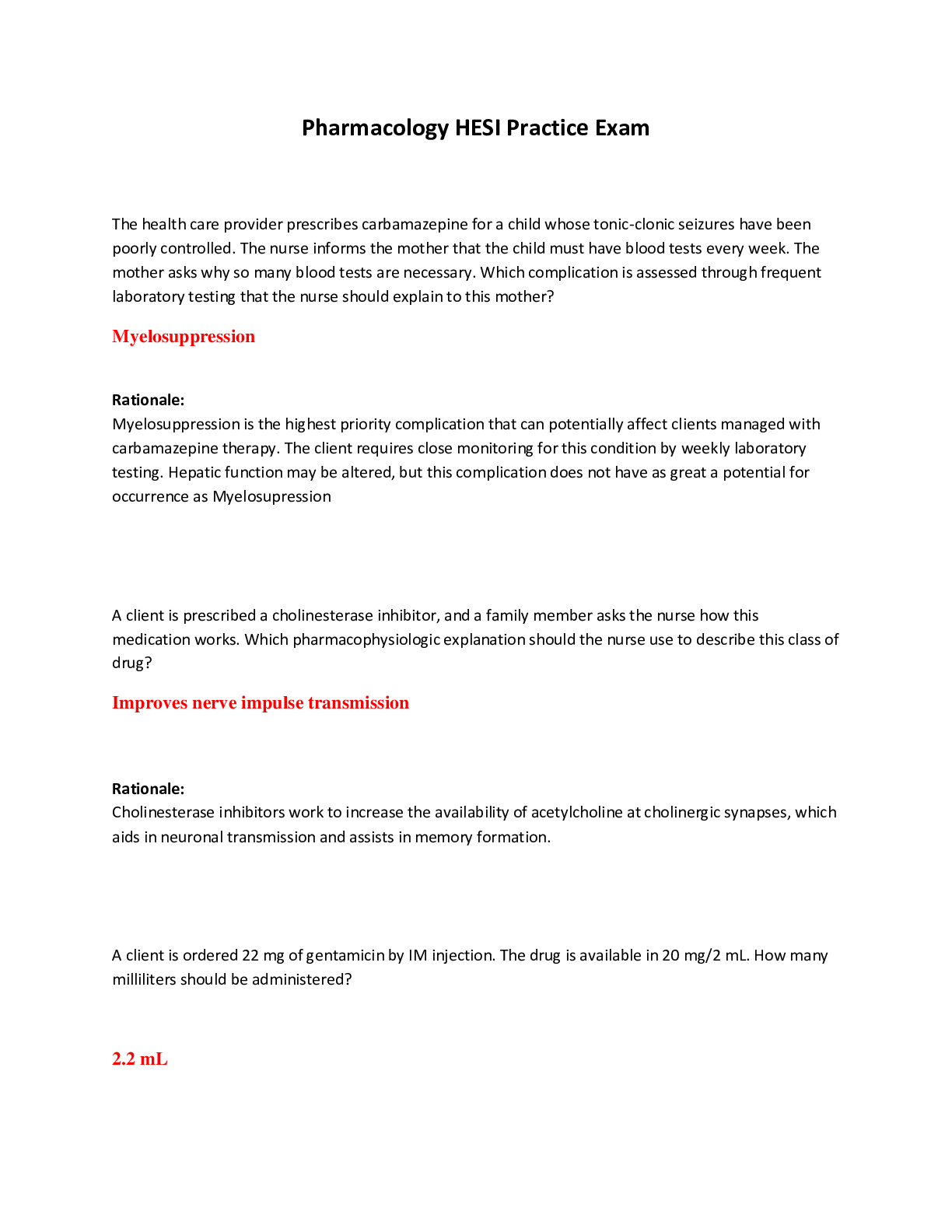
.png)
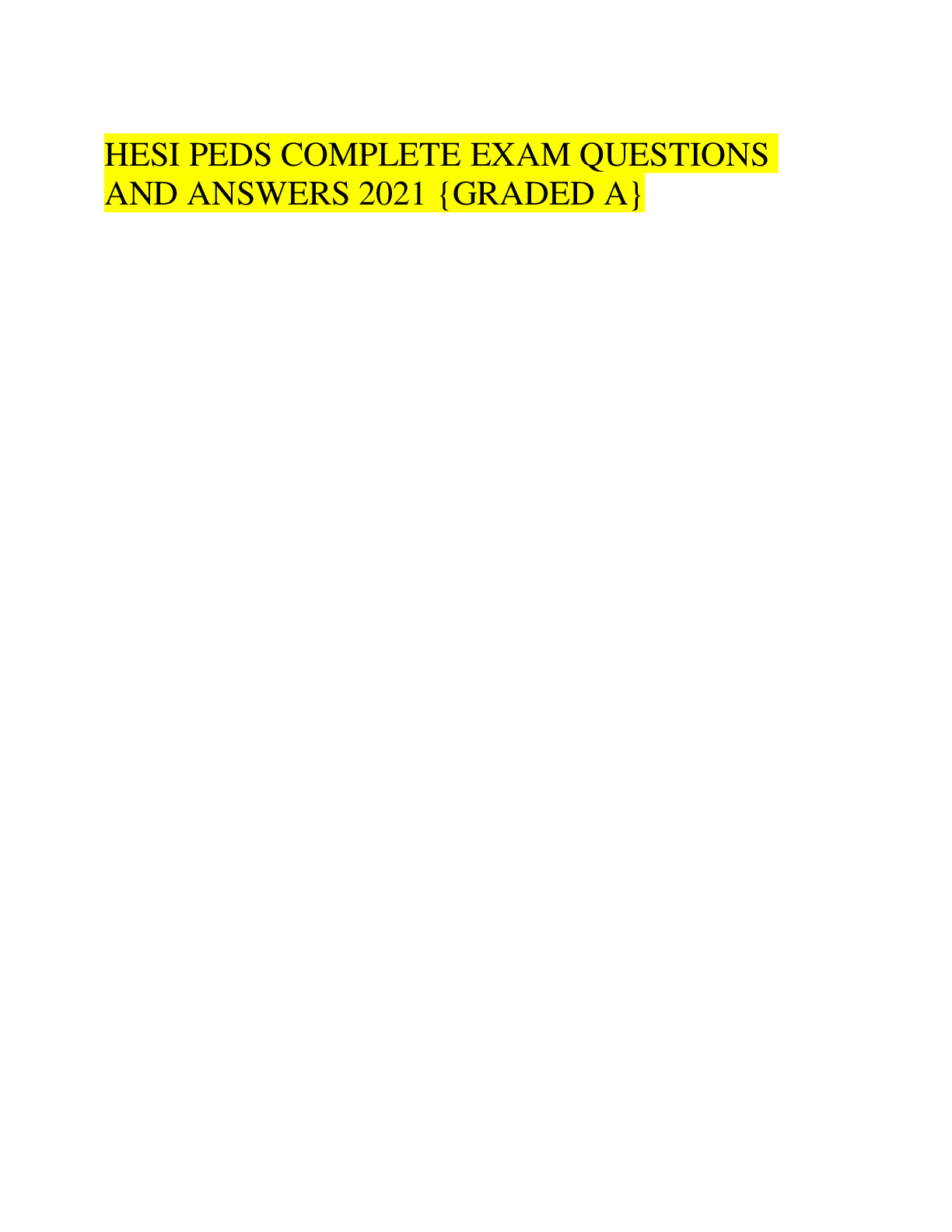
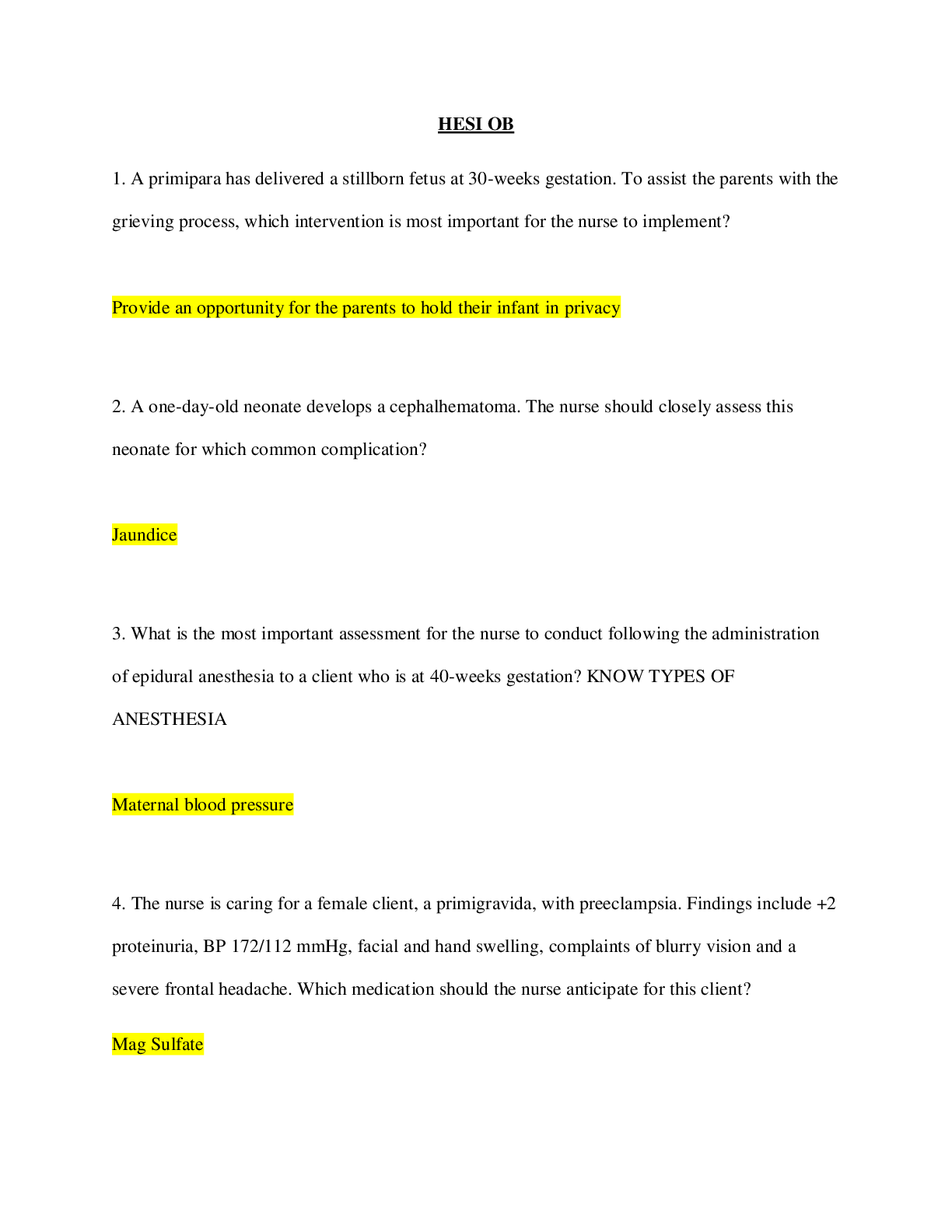
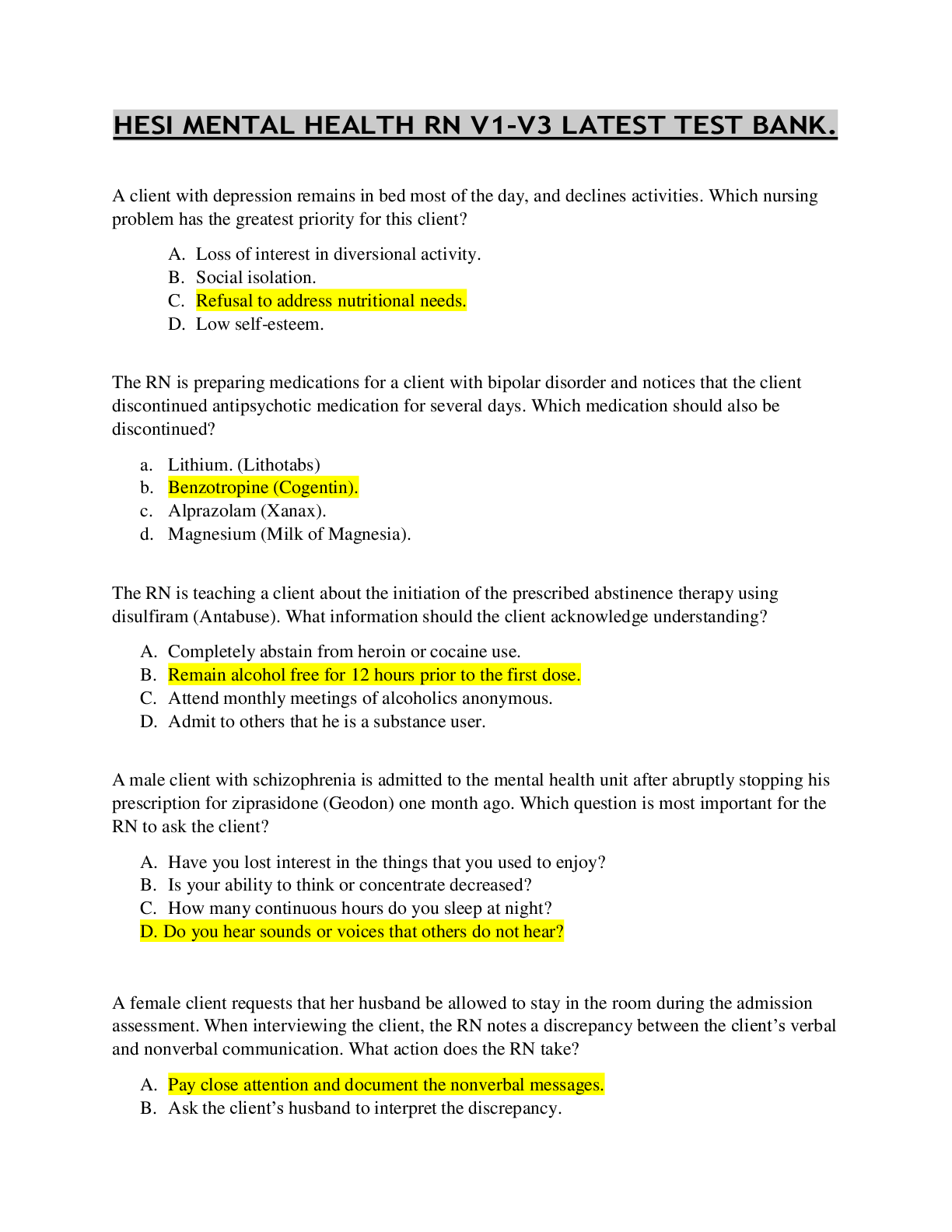


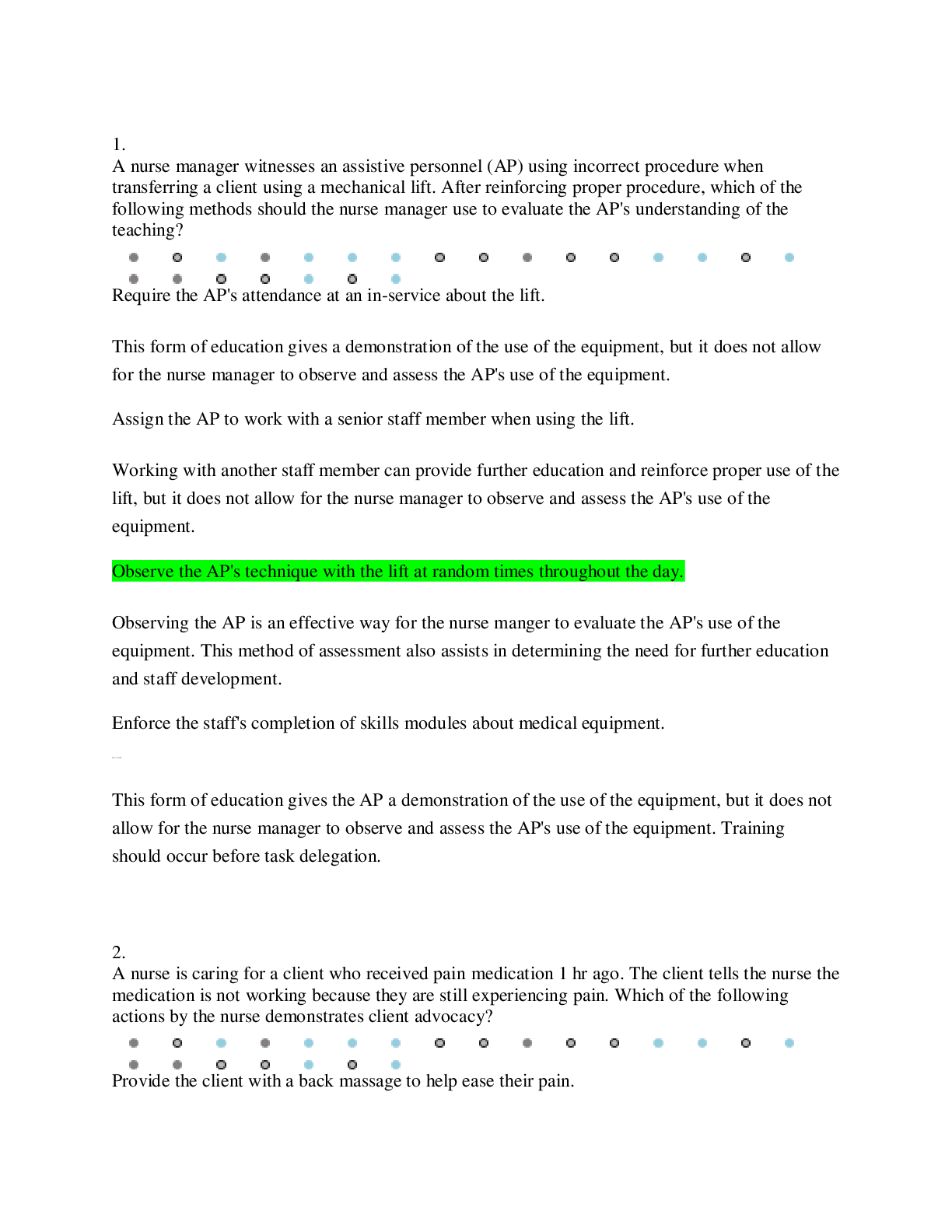

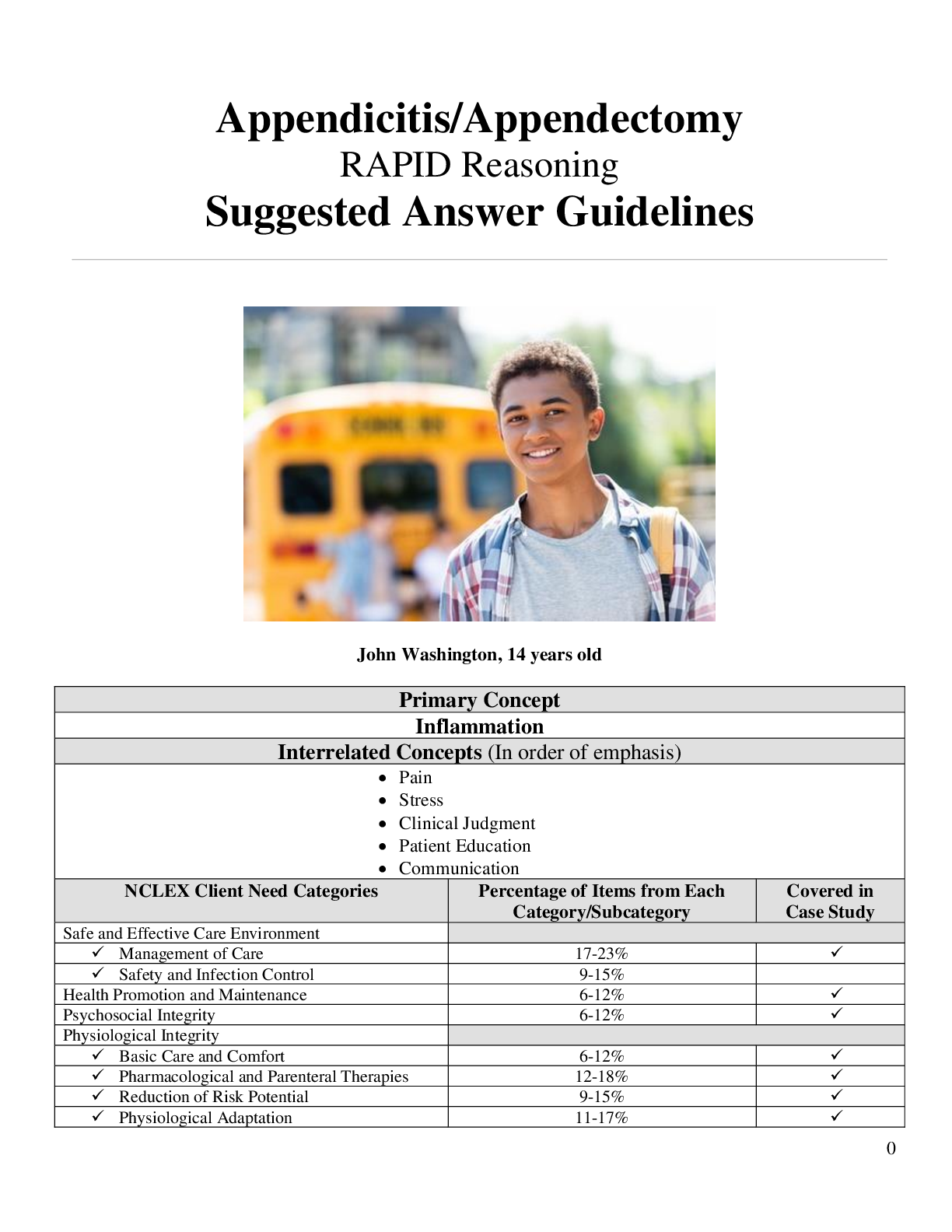
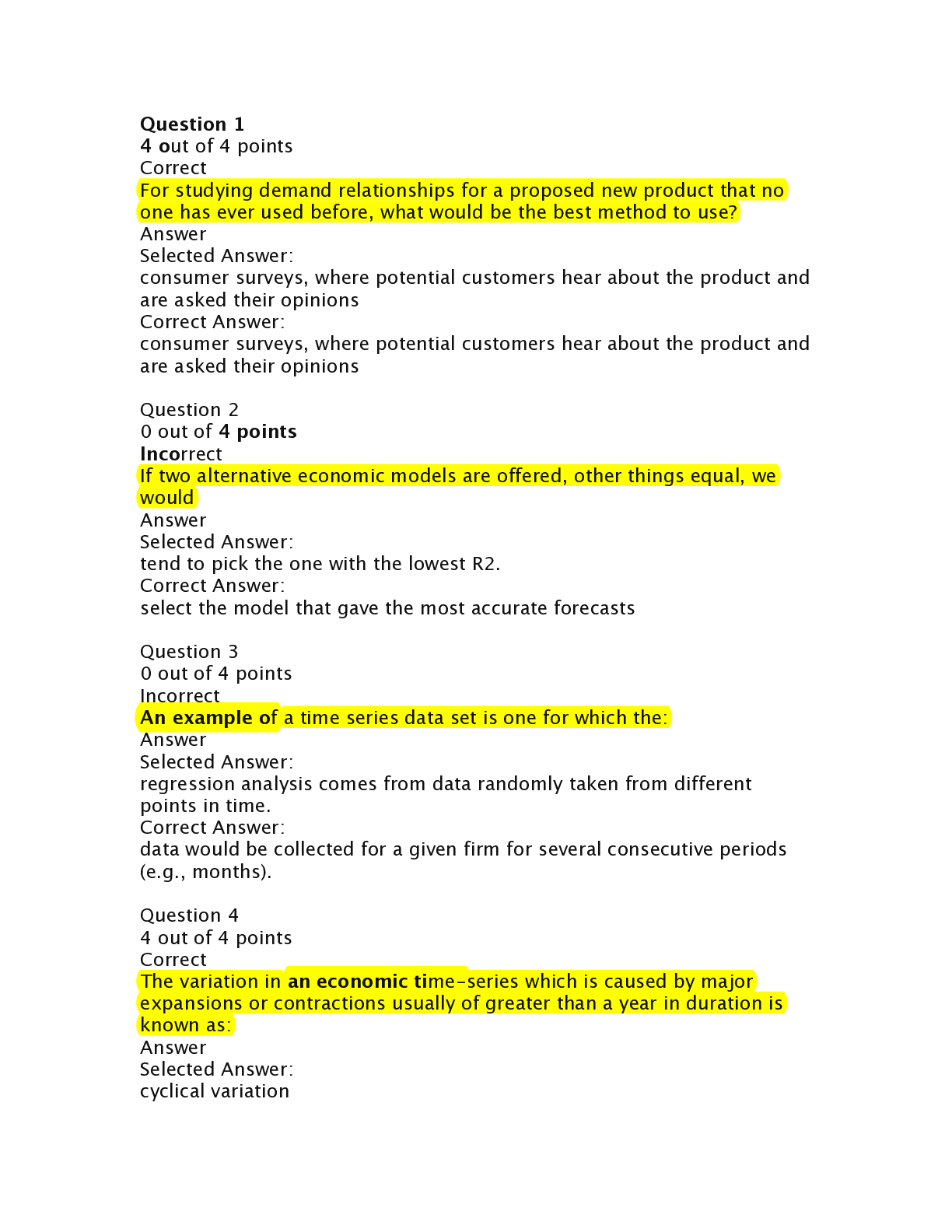

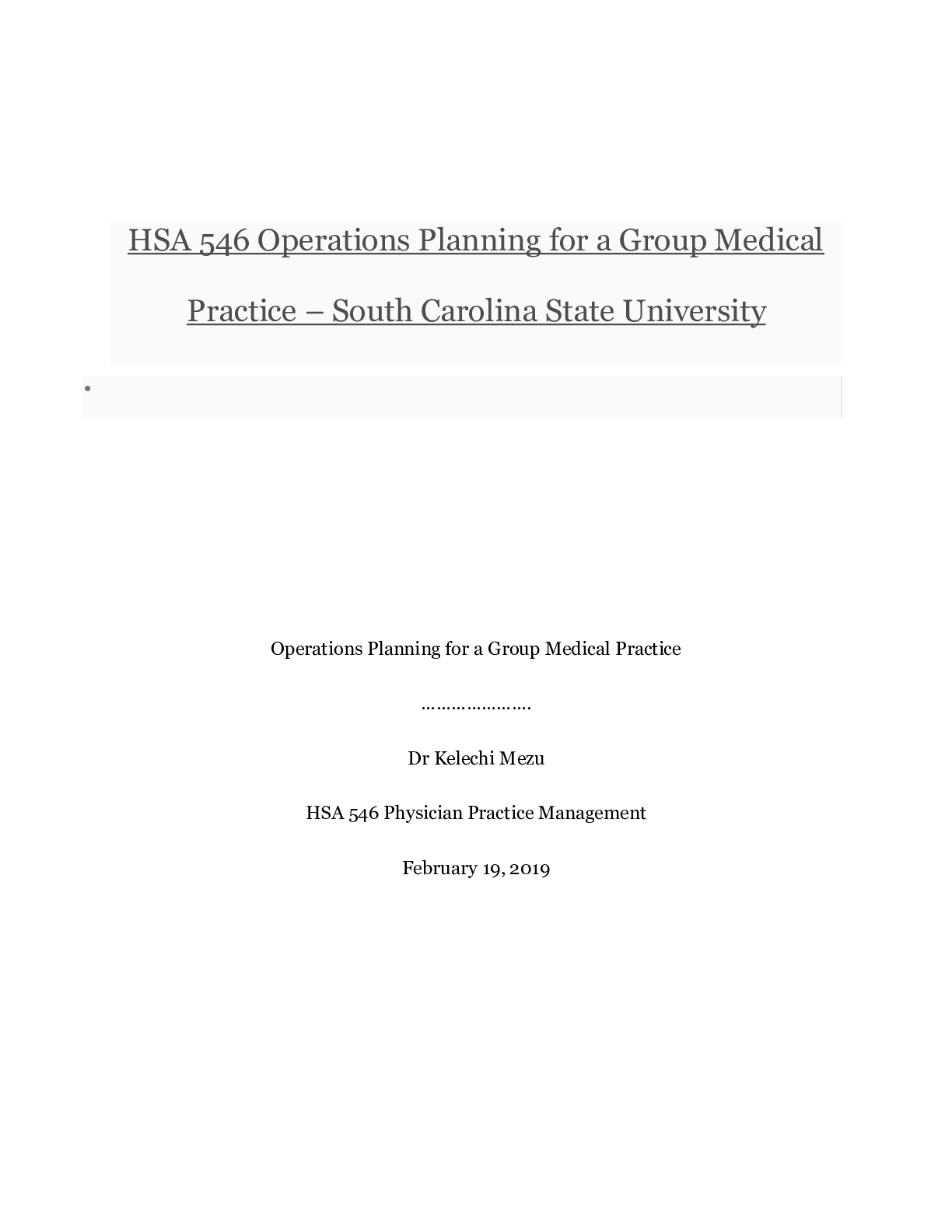
.png)

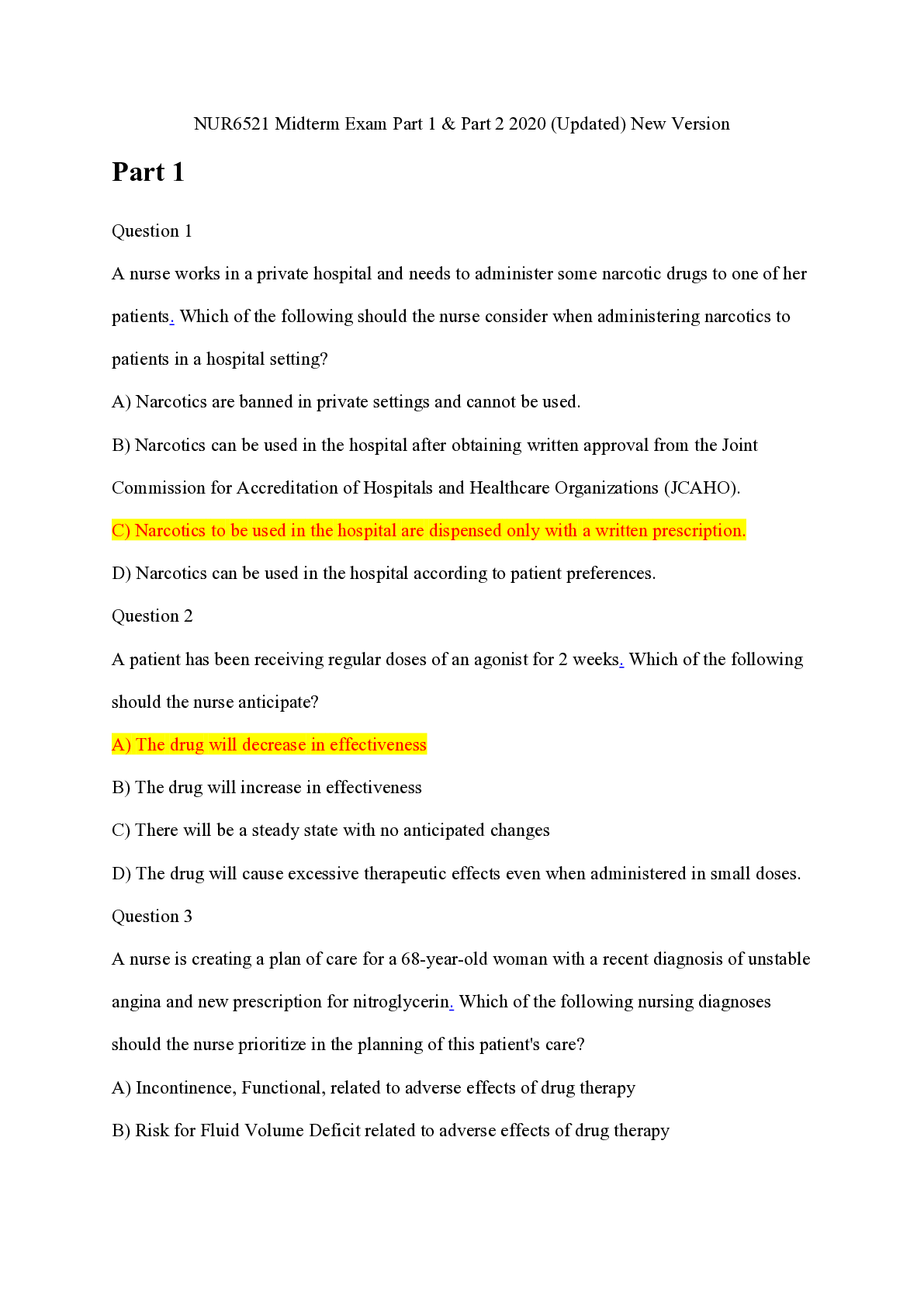

.png)



